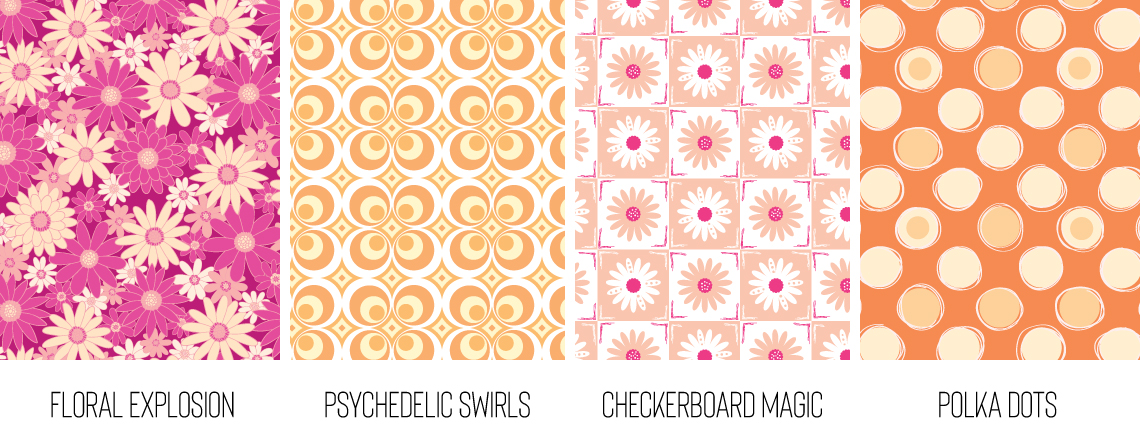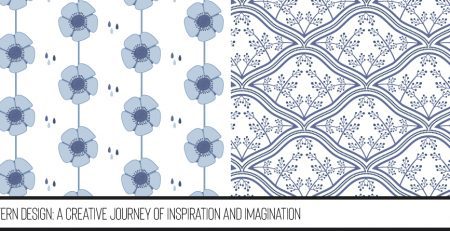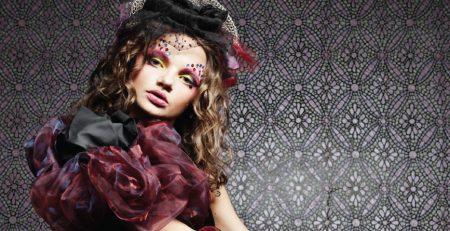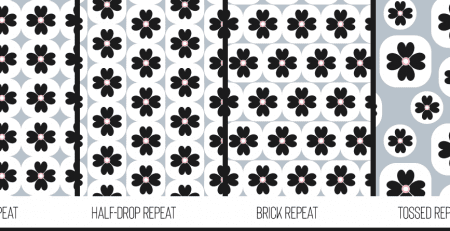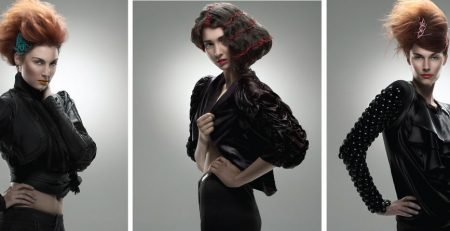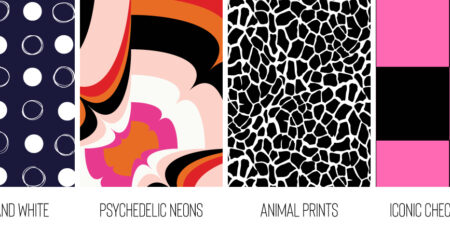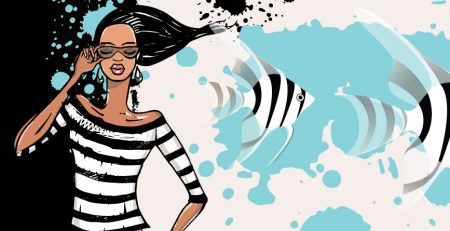Retro style is a fashion and design aesthetic that draws inspiration from past eras, typically from the mid-20th century and earlier. It celebrates the styles, trends, and cultural elements of previous decades, often bringing a sense of nostalgia and charm to modern-day fashion and design.
Retro style can encompass various time periods, with popular eras being the 1920s, 1930s, 1940s, 1950s, 1960s, 1970s, and 1980s. Each era has its distinct fashion and design elements. Colors in retro style are often vibrant and playful, with popular choices being bold reds, sunny yellows, pastel pinks, turquoise, and bright greens.
Bold patterns and prints are a defining characteristic of retro style, and they play a significant role in creating the distinctive and eye-catching looks associated with different eras of the past. Here are some key aspects of bold patterns and prints in retro fashion:
- Geometric Delight: Bold geometric patterns were a hallmark of retro style, featuring strong lines and shapes like squares, circles, triangles, and diamonds. These patterns exuded a sense of energy and modernity, reflecting the dynamic spirit of the era.
- Mod Floral Explosion: Retro fashion embraced oversized and abstract floral prints that were often stylized with bold colors and exaggerated proportions. These patterns brought a sense of joy and freedom, celebrating the flower power movement of the ’60s.
- Psychedelic Swirls: The psychedelic era introduced mesmerizing and intricate swirls and spirals that seemed to move and dance on the fabric. These abstract patterns were inspired by mind-altering experiences, symbolizing the counterculture’s exploration of consciousness and imagination.
- Groovy Stripes: Wide and vibrant stripes in contrasting colors were a retro favorite, adorning dresses, tops, and pants. These stripes were playful and bold, evoking a sense of fun and excitement.
- Daring Polka Dots: Retro polka dots varied in size from small and ditsy to large and impactful. They added a sense of whimsy and femininity to dresses, blouses, and accessories.
- Checkerboard Magic: Bold checkerboard patterns adorned clothing and accessories, drawing inspiration from the mod subculture. This visually striking pattern created a sense of order and symmetry in retro designs.
- Art Deco Glamour: Art Deco-inspired patterns featured intricate geometric motifs, exuding sophistication and luxury. These elegant prints adorned eveningwear and accessories, embodying the opulence of the roaring ’20s.
- Tropical Oasis: Retro fashion embraced exotic motifs, including palm leaves, hibiscus flowers, toucans, and pineapples. These tropical prints brought a touch of paradise to clothing and reflected the fascination with travel and escapism.
- Opulent Paisley: Paisley prints were synonymous with the bohemian and hippie fashion of the ’60s and ’70s. Their rich and intricate designs added a sense of artistic expression and cultural appreciation to garments.
- Animal Kingdom: Animal prints, especially leopard and zebra, became iconic and associated with the glamour and sensuality of retro fashion. These bold and daring prints added a touch of wild elegance to clothing.
- Whimsical Novelty Prints: Retro designs featured whimsical and quirky novelty prints, such as ice cream cones, telephones, playing cards, and even abstract symbols like smiley faces. These prints brought a sense of humor and lightheartedness to fashion.
- Funky Patchwork: Patchwork designs combined various bold patterns and colors, reflecting the countercultural spirit of individuality and self-expression. These eclectic prints appeared in bohemian-inspired clothing and accessories.
- Space-Age Futurism: During the Space Age era, retro fashion explored futuristic motifs, such as rocket ships, planets, and space-inspired patterns. These prints reflected the fascination with space exploration and the promise of the future.
- Optical Illusions: Retro patterns played with optical illusions, featuring intricate and mesmerizing designs that created a sense of movement and depth. These prints were a nod to the avant-garde art movements of the time.
- Crazy Checks: Retro fashion experimented with exaggerated and uneven checks, creating a whimsical and playful look that defied traditional symmetry.
- Watercolor Dreams: Watercolor-inspired prints added a dreamy and artistic touch to retro designs. These soft and flowing patterns were often used in dresses and blouses for a romantic and ethereal feel.
- Mosaic Marvels: Mosaic-inspired patterns featured intricate tile-like designs, evoking the art and architecture of ancient civilizations. These prints added a touch of heritage and cultural richness to fashion.
- Folkloric Flair: Retro designs drew inspiration from folk art, incorporating motifs like Scandinavian flowers, Native American patterns, and Russian-inspired prints. These folkloric prints added a touch of global heritage to fashion.
- Groovy Tie-Dye: Tie-dye became an iconic print in retro fashion, symbolizing the free-spirited and bohemian ethos of the era. These vibrant and multi-colored prints adorned clothing, reflecting the counterculture’s rejection of conformity.
- Optimistic Rainbows: Retro fashion embraced rainbow prints, featuring bands of bold colors that represented hope, love, and unity. These prints were often seen in the ’70s, reflecting the positive and inclusive spirit of the era.
Bold patterns and prints in retro style are a celebration of creativity, individuality, and cultural influences. Each design tells a unique story, capturing the essence of the time it emerged and the vibrant spirit of the people who wore it. Whether exploring the geometric wonders of the ’60s or the groovy exuberance of the ’70s, these prints continue to inspire and influence contemporary fashion with their timeless appeal.

